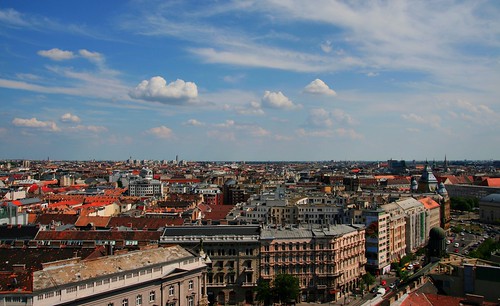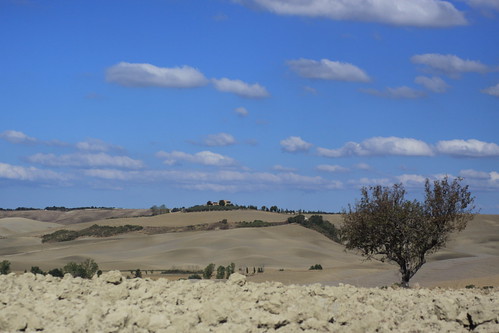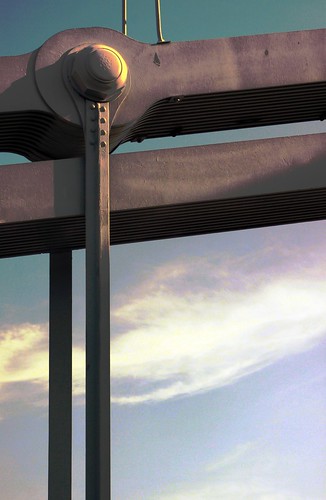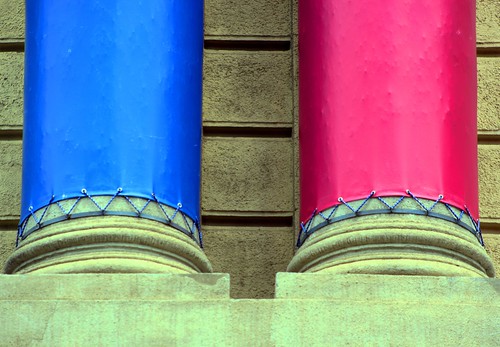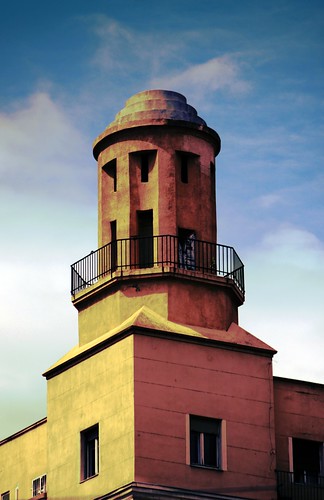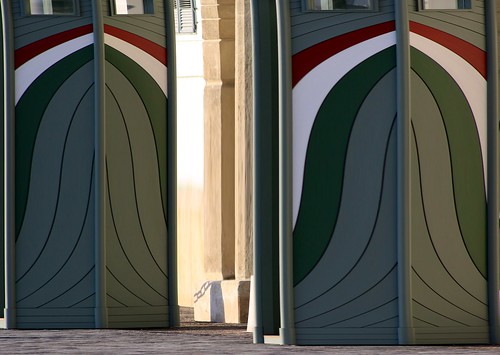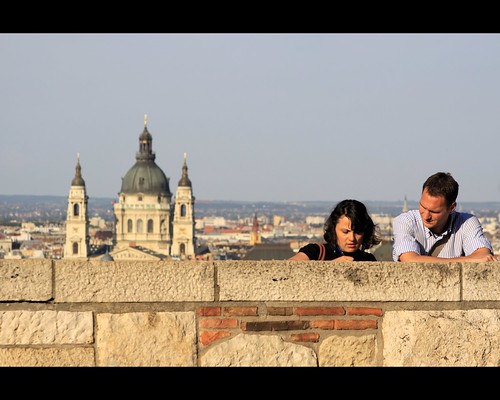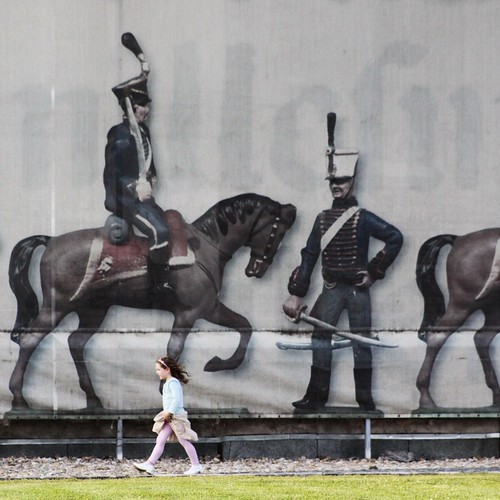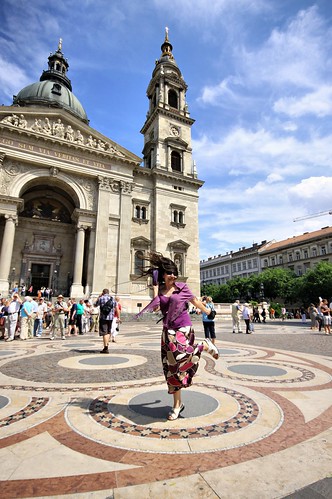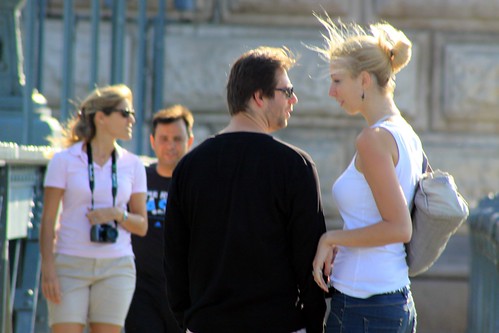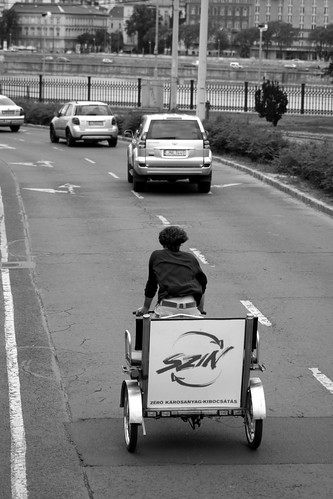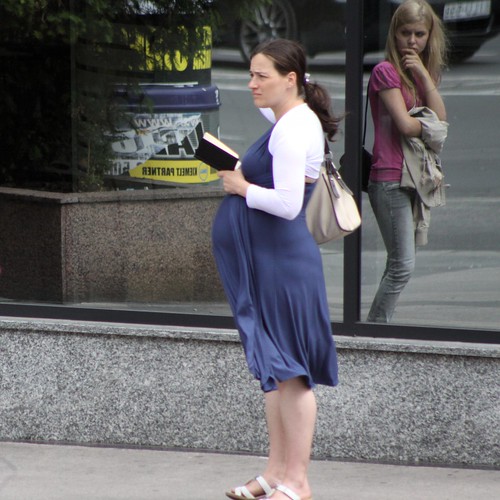© Angela M. Lobefaro
All Rights Reserved
© RIPRODUZIONE RISERVATA
28 June, 2012
Budapest View From Above
Posted by
Angela Lobefaro
at
2:58:00 AM
0
comments
![]()
25 June, 2012
Polka Dots | Budapest edition
© Angela M. Lobefaro
All Rights Reserved
© RIPRODUZIONE RISERVATA
en.wikipedia.org/wiki/Polka_dot
shot taken in Budapest, Hungary.
Posted by
Angela Lobefaro
at
10:58:00 PM
0
comments
![]()
24 June, 2012
22 June, 2012
Void Sinphony
© Angela M. Lobefaro
All Rights Reserved
© RIPRODUZIONE RISERVATA
Val d'Orcia
UNESCO World Heritage Site
Typical landscape of the Val d’Orcia
State Party Italy
Type Cultural
Criteria iv, vi
Reference 1026
Region** Europe and North America
Inscription history
Inscription 2004 (28th Session)
* Name as inscribed on World Heritage List.
** Region as classified by UNESCO.
Wikimedia Commons has media related to: Val d'Orcia
The Val d’Orcia, or Valdorcia, is a region of Tuscany, central Italy, which extends from the hills south of Siena to Monte Amiata. It is characterised by gentle, carefully-cultivated hills occasionally broken by gullies and by picturesque towns and villages such as Pienza (rebuilt as an “ideal town” in the 15th century under the patronage of Pope Pius II), Radicofani (home to the notorious brigand-hero Ghino di Tacco) and Montalcino (the Brunello di Montalcino is counted among the most prestigious of Italian wines). It is a landscape which has become familiar through its depiction in works of art from the Renaissance painting to the modern photograph.
In 2004 the Val d’Orcia was added to the UNESCO list of World Heritage Sites under these criteria:
* Criterion (iv): The Val d’Orcia is an exceptional reflection of the way the landscape was re-written in Renaissance times to reflect the ideals of good governance and to create an aesthetically pleasing pictures.
* Criterion (vi): The landscape of the Val d’Orcia was celebrated by painters from the Scuola Senese, which flourished during the Renaissance. Images of the Val d’Orcia, and particularly depictions of landscapes where people are depicted as living in harmony with nature, have come to be seen as icons of the Renaissance and have profoundly influenced the development of landscape thinking.
thanks to Wikipedia.
Darkr Gallery of my photos
-
50 Most Interesting
-
Explore Interestingness Set
-
Subscribe to my stream
-
My Interviews with some of my Flick Friends!
-
My GETTY Images
Posted by
Angela Lobefaro
at
8:48:00 PM
0
comments
![]()
21 June, 2012
Elysian Fields | Valdorcia Edition
Elysium
Elysium or the Elysian Fields (Ancient Greek: Ἠλύσιον πεδίον, Ēlýsion pedíon) is a conception of the afterlife that evolved over time and was maintained by certain Greek religious and philosophical sects, and cults. Initially separate from the realm of Hades, admission was initially reserved for mortals related to the gods and other heroes. Later, it expanded to include those chosen by the gods, the righteous, and the heroic, where they would remain after death, to live a blessed and happy life, and indulging in whatever employment they had enjoyed in life.[1][2][3][4][5][6] The Elysian Fields were, according to Homer, located on the western edge of the Earth by the stream of Oceanus.[1] In the time of the Greek oral poet Hesiod, Elysium would also be known as the Fortunate Isles or the Isles (or Islands) of the Blessed, located in the western ocean at the end of the earth.[1][7][8] The Isles of the Blessed would be reduced to a single island by the Thebean poet Pindar, describing it as having shady parks, with residents indulging their athletic and musical pastimes.[1][2]
The ruler of Elysium varies from author to author; Pindar and Hesiod name Cronus as the ruler.[9] While the poet Homer in the Odyssey describes fair-haired Rhadamanthus dwelling there.[6][7][10][11]
Courtesy of:
en.wikipedia.org/wiki/Elysium
Posted by
Angela Lobefaro
at
7:07:00 PM
0
comments
![]()
20 June, 2012
Beneath A Steel Sky | Budapest edition
© Angela M. Lobefaro
All Rights Reserved
© RIPRODUZIONE RISERVATA
shot taken in Budapest, Hungary.
Posted by
Angela Lobefaro
at
8:36:00 PM
0
comments
![]()
17 June, 2012
Evoluzione del Mercato del Lavoro: si entra dal balcone...
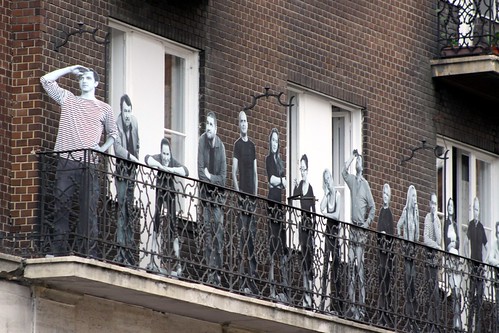
Evoluzione del Mercato del Lavoro: si entra dal balcone..., originally uploaded by ! . © Angela Lobefaro . !.
© Angela M. Lobefaro
All Rights Reserved
© RIPRODUZIONE RISERVATA
shot taken in Budapest, Hungary.
Posted by
Angela Lobefaro
at
10:26:00 PM
0
comments
![]()
16 June, 2012
Flickr Pipes | Budapest edition
© Angela M. Lobefaro
All Rights Reserved
© RIPRODUZIONE RISERVATA
shot taken in Budapest, Hungary.
Posted by
Angela Lobefaro
at
9:46:00 PM
0
comments
![]()
14 June, 2012
Alamo | Budapest edition
© Angela M. Lobefaro
All Rights Reserved
© RIPRODUZIONE RISERVATA
shot taken in Budapest, Hungary.
Posted by
Angela Lobefaro
at
9:18:00 PM
0
comments
![]()
12 June, 2012
What are you looking at?
© Angela M. Lobefaro
All Rights Reserved
© RIPRODUZIONE RISERVATA
shot taken in Budapest, Hungary.
Posted by
Angela Lobefaro
at
9:02:00 PM
0
comments
![]()
11 June, 2012
A postcard about a postcard of Budapest
© Angela M. Lobefaro
All Rights Reserved
© RIPRODUZIONE RISERVATA
shot taken in Budapest, Hungary.
Posted by
Angela Lobefaro
at
7:46:00 PM
0
comments
![]()
10 June, 2012
Not in My Name | Budapest edition
© Angela M. Lobefaro
All Rights Reserved
© RIPRODUZIONE RISERVATA
shot taken in Budapest, Hungary.
Posted by
Angela Lobefaro
at
7:10:00 PM
0
comments
![]()
09 June, 2012
Spinning Around in Budapest
© Angela M. Lobefaro
All Rights Reserved
© RIPRODUZIONE RISERVATA
shot taken in Budapest, Hungary.
Posted by
Angela Lobefaro
at
8:46:00 PM
0
comments
![]()
08 June, 2012
Stuck in a moment | Budapest edition
© Angela M. Lobefaro
All Rights Reserved
© RIPRODUZIONE RISERVATA
shot taken in Budapest, Hungary.
Posted by
Angela Lobefaro
at
11:43:00 PM
0
comments
![]()
07 June, 2012
Budapest Startup
© Angela M. Lobefaro
All Rights Reserved
© RIPRODUZIONE RISERVATA
shot taken in Budapest, Hungary.
Posted by
Angela Lobefaro
at
7:46:00 PM
0
comments
![]()
06 June, 2012
Scary Future ?
© Angela M. Lobefaro
All Rights Reserved
© RIPRODUZIONE RISERVATA
shot taken in Budapest, Hungary.
Posted by
Angela Lobefaro
at
8:57:00 PM
0
comments
![]()
05 June, 2012
Ti mangio in Testa - I eat on your Head
© Angela M. Lobefaro
All Rights Reserved
© RIPRODUZIONE RISERVATA
shot taken in Budapest
Posted by
Angela Lobefaro
at
10:02:00 PM
0
comments
![]()
Ti mangio in Testa - I eat on your Head
© Angela M. Lobefaro
All Rights Reserved
© RIPRODUZIONE RISERVATA
shot taken in Budapest
Posted by
Angela Lobefaro
at
10:01:00 PM
0
comments
![]()
Ti mangio in Testa - I eat on your Head
© Angela M. Lobefaro
All Rights Reserved
© RIPRODUZIONE RISERVATA
shot taken in Budapest
Posted by
Angela Lobefaro
at
9:59:00 PM
0
comments
![]()
04 June, 2012
Volevo Entrare nel Teatro Vígszínház dal Tetto
I wanted to enter the Vígszínház Theatre from the Roof!
© Angela M. Lobefaro
All Rights Reserved
© RIPRODUZIONE RISERVATA
The Comedy Theatre of Budapest (natively Vígszínház) is a theatre in Budapest. Starting in the turn of the 19th and 20th century as an opposition to the conservative National Theatre, it became a pioneer institution of Hungarian drama, and one of the oldest theatres still in operation.
The building
The Vígszínház was designed by architects Ferdinand Fellner and Hermann Helmer who worked on over 47 state-of-the-art theatre buildings around Europe. Its construction was financed by the tripartite ownership consisting of Count István Keglevich, the writer Ferenc Szécsi, and local businessman Gábor Faludi. I The destined area was a swampland before, but in the next few years it developed into the bourgeois Lipótváros district. The construction started in 1895 and lasted for one year, finishing in 1 May 1896. With 3 main tracts: the stage, including the flies; the lower seating tract; and the entry hall; the building exemplifies late historicism, featuring large sizes, an elevated driveway and baroque decorations, often using golden coloring. As a distinct feature from contemporary theatres, the Vígszínház featured three rows of box seats, large corridors and public areas supported by several wide stairs to answer the call of rising social life in the rapidly developing Budapest.
Mór Ditrói was the first director, coming from Kolozsvár (today Cluj-Napoca). He also brought his company of young actors, who were unknown to the Budapest audience at the time. They quickly created a unique and modern repertoire differing from the era's classical theatre, that featured both French comedies, contemporary Hungarian (starting the career of Ferenc Molnár, Sándor Bródy, or Jenő Heltai), and foreign (like from Irwine Shaw, Bertold Brecht, Anton Chekhov) dramas. The Vígszínház provided starting ground and home for several of the biggest names of the theatrical world from the turn of the century, like Gyula Csortos, Lili Darvas, Lili Muráti, Artur Somlay, Klári Tolnay or Gyula Kabos.
In the last days of World War II, Jan 1 1945 the theatre was hit by bombshells, so the company moved to the Radius Movie Theatre in the Nagymező Street. The repairs began under the supervision of Oszkár Kaufmann. Along with other similar artistic institution, Vígszínház was nationalized in 1949 (before this time, it operated as a private theatre). It reopened in 1951 under the name Theatre of the People's Army. Regaining its original name in 1960, Vígszínház became the main center of contemporary drama again, showing plays from Hungarian authors like Gábor Thurzó, Gyula Illyés, István Örkény, or classical 20th century authors like Arthur Miller or Friedrich Dürrenmatt . In 1973 they premiered the popular Képzelt Riport egy Amerikai Pop-fesztiválról (An Imaginary Report on an American Pop Festival), resulting in several other musical productions under the supervision of Gábor Presser. The building underwent significant repairs in 1994.
With an average of 350.000 tickets sold each year, Vígszínház is still one of the most successful theatrical venues in Budapest.
Courtesy of en.wikipedia.org/wiki/V%C3%ADgsz%C3%ADnh%C3%A1z
Posted by
Angela Lobefaro
at
9:59:00 PM
0
comments
![]()
03 June, 2012
01 June, 2012
Girl Power in Budapest
© Angela M. Lobefaro
All Rights Reserved
© RIPRODUZIONE RISERVATA
The phrase "girl power", as a term of empowerment, expressed a cultural phenomenon of the 1990s and early 2000s. It is also linked to third-wave feminism. The term was made popular by the Spice Girls in the mid to late 1990s.
en.wikipedia.org/wiki/Girl_power
Posted by
Angela Lobefaro
at
11:59:00 AM
0
comments
![]()
